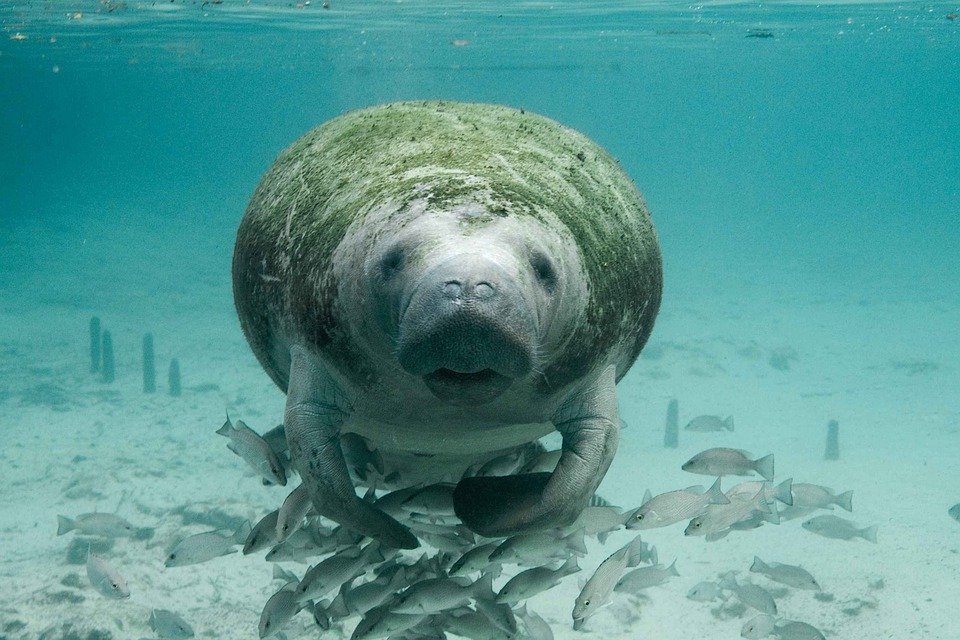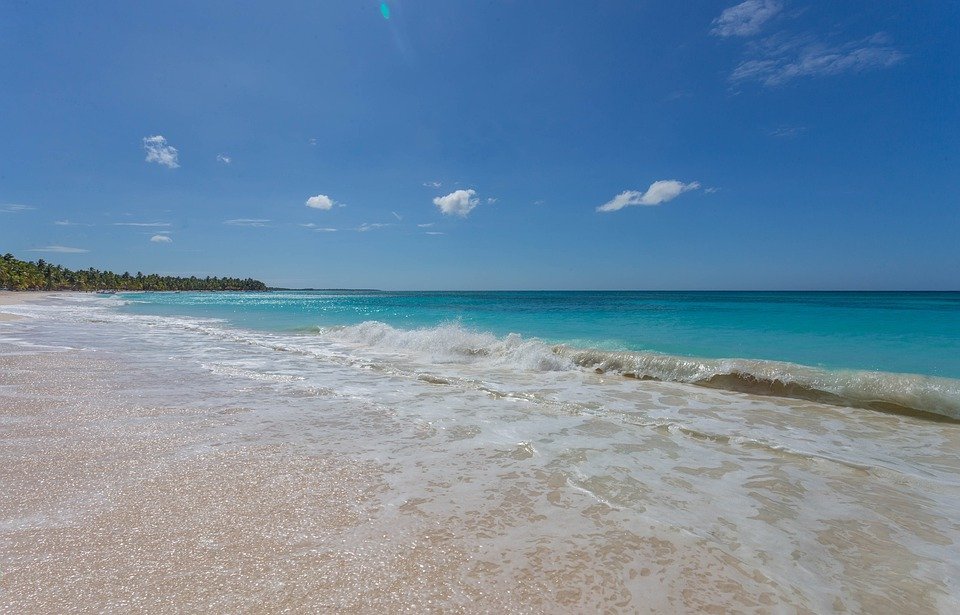
Drones are being increasingly used for conservation efforts around the world, being utilized as anti-poaching tools and they've helped to track elephants, rhinos, and other wildlife in Africa and elsewhere.
In Australia they've been using drones to track sharks, to keep beach-goers safe while out in the water surfing or swimming etc. They've also considered using drones for croc-spotting around Australia as well.
All around the world, drones are helping to keep people safe, animals safe, and they are providing great value in a myriad of ways.
In the Dominican Republic, specifically around the Samaná Peninsula, drones are being used now to help track manatees.

Since 2017, they've been using commercial drones to help track and document a population of manatees in the region. It is considered to be the first census of the manatee using drones.
Manatees can be difficult to keep track of and in multiple regions drones are now helping researchers, from the Dominican Republic to Australia, to be able to keep track of various species including manatees.

Drones are helping researchers to be able to collect images of different animals around the world for further analysis, with a majority of the research being conducted on land.
These unmanned aerial vehicles are enabling a great deal of scientific research to be conducted that without them simply wouldn't be possible to achieve in many of the circumstances.
After the photos get taken, researchers have used a Google-developed software known as TensorFlow, a machine-learning platform, which has the ability to be taught how to pick out certain figures in photos instantly. They need to provide the platform with a great deal of images so that it can learn how to accurately identify what they are looking for, in this case the manatees. So far, they've allegedly seen about 80 percent accuracy with the detection from TensorFlow.
“To train this deep neural network you need a lot of data. Initially we didn’t have much data, so we do this incrementally,... The more the neural network is provided with examples, the better it will get.” - computer scientist F. Maire, Queensland Uni.
Drones have helped to capture tens of thousands of photographs of manatees and other animals, which researchers have to spend a great deal of time pouring over, and they've turned to machines to help. Researchers believe that this process can be used with various animals around the world, using drones to track everything from tigers and sharks, to koalas and manatees.

